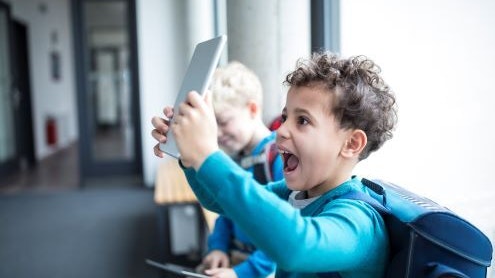Homepage
•
Learning Library
•
Blog
•
With Imagination and the Right Apps, Students Learn — and Can Prove It!
Expand breadcrumbs
Expand breadcrumbs
- Learning Library
- Blog
- With Imagination and the Right Apps, Students Learn — and Can Prove It!
- Homepage
- •
- Learning Library
- •
- Blog
- •
- With Imagination and the Right Apps, Students Learn — and Can Prove It!
With Imagination and the Right Apps, Students Learn — and Can Prove It!
By Chris Frisella
August 15, 2023








